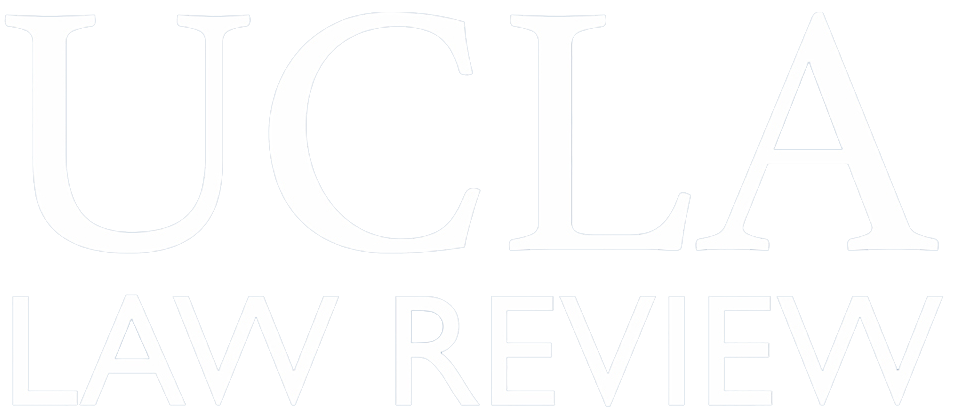The boundaries of modern tribal criminal jurisdiction are defined by a handful of clear rules—such as a limit on sentence length and a categorical prohibition against prosecuting most non-Indians—and many grey areas in which neither Congress nor the Supreme Court has specifically addressed a particular question. This Article discusses five of the grey areas: whether tribes retain concurrent...
The Politics of Inclusion: Indigenous Peoples and U.S. Citizenship
This Article explores the dynamics of U.S. citizenship and indigenous self-determination to see whether, and how, the two concepts are in tension and how they can be reconciled. The Article explores the four historical frames of citizenship for indigenous peoples within the United States—treating indigenous peoples as citizens of separate nations, as wards of the federal government, as American...
Tribal Sovereignty, Tribal Court Legitimacy, and Public Defense
In June 2016, the Supreme Court held in United States v. Bryant that uncounseled tribal court convictions could serve as predicate offenses under 18 U.S.C. § 117(a). Citing the public safety crisis in Indian country, the limitations of tribal court sentencing, and the legislative history of Section 117(a), the Court upheld the federal statute enacted to address domestic violence offender...
The Double-Edged Sword of Sovereignty by the Barrel: How Native Nations Can Wield Environmental Justice in the Fight Against the Harms of Fracking
Natural resource extraction has become an appealing form of economic growth for many Native nations. Nations have experienced booming economic growth and prosperity from oil and gas development, but this has come at the expense of environmental and social harms to their communities. These environmental and social harms develop because the oil and gas industries and the Native nations’ governments...
The Right to Record Images of Police in Public Places: Should Intent, Viewpoint, or Journalistic Status Determine First Amendment Protection?
Introduction In February 2016, a federal district court in Fields v. City of Philadelphia1 held there is no First Amendment2 right to record images of police performing duties in public places, “absent any criticism or challenge to police conduct.”3 Specifically, U.S. District Judge Mark Kearney found “no basis to craft a new First Amendment right based solely on ‘observing and recording’...
Congratulations to the New UCLA Law Review Staff for Volume 64!
The Volume 64 Board of UCLA Law Review would like to extend a hearty congratulations to those joining the Law Review staff!
To see the names of the new staff members please review the updated masthead at .
Privileged or Mismatched: The Lose-Lose Position of African Americans in the Affirmative Action Debate
Introduction This Article builds on an intervention Luke Harris and Uma Narayan made more than two decades ago in the Harvard BlackLetter Law Journal repudiating the conceptualization of affirmative action as a racial preference.1 The central claim we advance is that affirmative action levels the playing field for all African Americans students, not just those who are class-disadvantaged. ...
How Workable Are Class-Based and Race-Neutral Alternatives at Leading American Universities?
This Essay reviews and synthesizes contemporary social science research relevant to the constitutional question, in Fisher v. University of Texas at Austin and more broadly, of whether consideration of socioeconomic status and percent plan admissions based on high school rank represent viable race-neutral alternatives to race-based affirmative action programs. The strong weight of the evidence...
